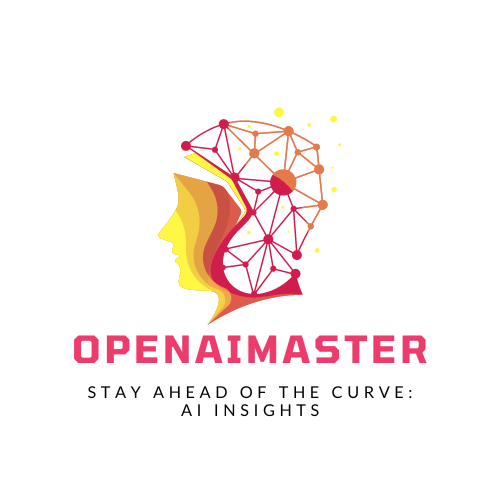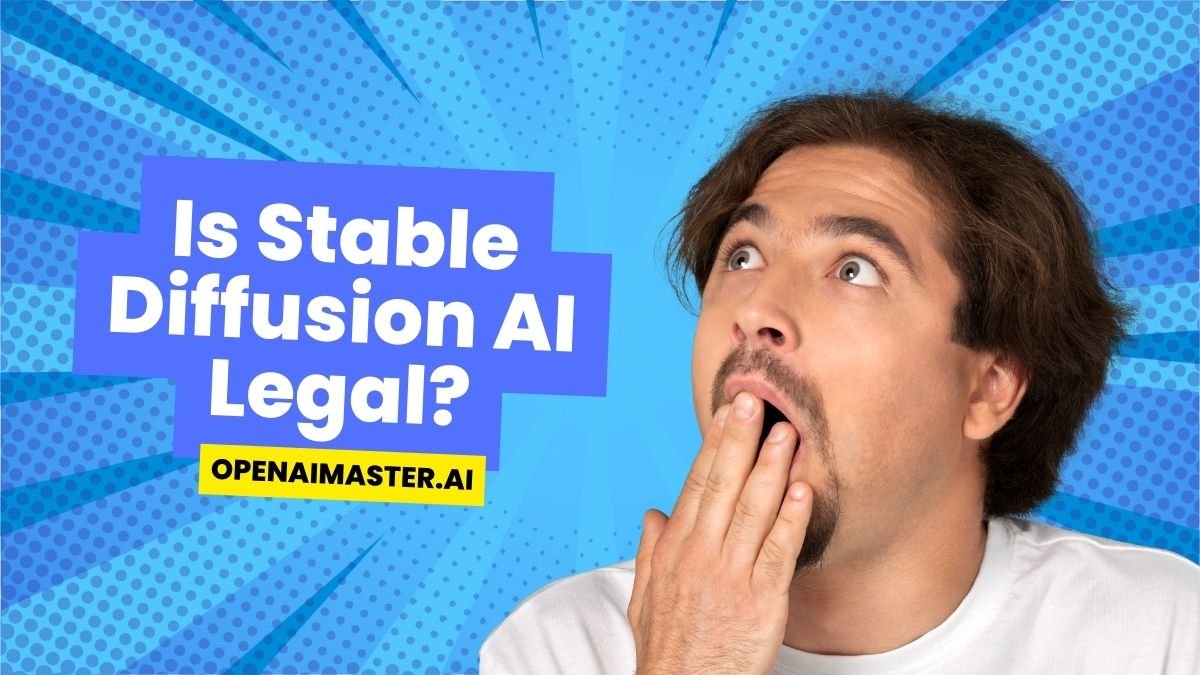Introduction
In the rapidly evolving world of artificial intelligence, one of the most captivating and controversial advancements has been the rise of generative AI models like Stable Diffusion. This cutting-edge technology has the remarkable ability to generate detailed images from mere textual descriptions, revolutionizing the way we perceive and interact with visual content. However, as with many groundbreaking innovations, the legality of Stable Diffusion AI has been thrust into the spotlight, sparking heated debates and legal battles that could have far-reaching implications for the generative AI industry.
As we delve into the intricate legal landscape surrounding Stable Diffusion, we’ll explore the core principles that underpin this powerful technology, the contentious issues that have arisen, and the potential ramifications of the ongoing legal disputes. Brace yourselves for a thought-provoking journey that will challenge your perceptions and shed light on the intricate interplay between innovation, intellectual property, and the law.
What is Stable Diffusion AI?
To truly appreciate the legal complexities surrounding Stable Diffusion, we must first understand the intricate workings of this remarkable technology. At its core, Stable Diffusion is a deep learning, text-to-image model that harnesses the power of diffusion techniques to generate highly detailed images based on textual prompts.
The process begins with the user providing a natural language description of the desired image. Stable Diffusion then employs a diffusion model, a type of generative model that gradually refines a random noise pattern into a coherent image that aligns with the given text description. This is achieved through a controlled process of adding and removing noise, allowing the AI to “learn” how to create images that correspond to the textual input.
What sets Stable Diffusion apart is its open-source nature. The source code and pre-trained models are publicly available, enabling developers and researchers to train, modify, and implement the model for a wide range of applications beyond just generating images from text. This openness has facilitated widespread adoption and customization, leading to exciting use cases such as inpainting (filling in missing parts of images), outpainting (extending images beyond their original borders), and generating image-to-image translations guided by text prompts.
Is Stable Diffusion AI Legal?
While the technical capabilities of Stable Diffusion are undoubtedly impressive, the legal implications of this technology have sparked intense debates and legal battles. At the heart of the controversy lies the issue of copyright infringement and the use of copyrighted material without permission.
Stability AI, the company behind Stable Diffusion, stands accused of using millions of copyrighted images to train its AI model without obtaining the necessary licenses or compensating the copyright holders. In January 2023, three visual artists filed a class-action copyright lawsuit against Stability AI, alleging that the company infringed on their intellectual property rights. This was quickly followed by a separate lawsuit from Getty Images, one of the world’s leading stock photography providers, claiming that Stability AI copied more than 12 million photographs from its collection without authorization.
The crux of these lawsuits centers around the argument that the images generated by Stable Diffusion constitute derivative works, and the use of copyrighted material to train the model constitutes infringement. Getty Images further alleges that some images generated by Stable Diffusion contain vestiges of the Getty watermark, potentially diluting the quality of their brand and trademarks.
Stability AI’s defense rests on the assertion that the training process falls under the fair use doctrine, which allows for the use of copyrighted material for educational, research, or transformative purposes. However, the plaintiffs argue that the commercial nature of Stable Diffusion’s applications and the potential financial gains for Stability AI invalidate the fair use claim.
The outcomes of these lawsuits could have far-reaching implications for the generative AI industry as a whole. If the courts rule in favor of the plaintiffs, it could set a precedent requiring companies to obtain licenses from copyright holders before using their works to train AI models, potentially hampering innovation and driving up costs.
The Path Forward: Balance Innovation and Intellectual Property Rights
As the legal battles surrounding Stable Diffusion continue to unfold, it is evident that striking a balance between innovation and intellectual property rights is crucial for the sustainable growth of the generative AI industry. While the open-source nature of Stable Diffusion has facilitated widespread adoption and customization, it has also raised questions about the legality of its training methods and the use of copyrighted material.
In response to the legal challenges, Stability AI has announced a paid membership for commercial use of its models, with different tiers for personal, creator, and enterprise use. This move aims to standardize how customers can legally use its models for commercial purposes while balancing profitability with openness.
Additionally, there have been discussions about the need for a comprehensive legal framework that addresses the unique challenges posed by generative AI models like Stable Diffusion. Such a framework could provide clear guidelines on fair use, data privacy, and intellectual property rights, fostering a more transparent and legally compliant environment for AI development.
Conclusion
As we stand at the precipice of a new era in generative AI, the legal uncertainties surrounding Stable Diffusion serve as a poignant reminder of the delicate balance that must be struck between innovation and intellectual property rights. While the technological advancements of Stable Diffusion are undeniably impressive, the legal battles that have ensued highlight the need for a more robust and nuanced approach to address the complexities of AI and copyright law.
As the legal battles play out, it is imperative that all stakeholders – developers, researchers, artists, and legal experts – come together to forge a path forward that encourages innovation while respecting intellectual property rights. Only through collaboration and thoughtful discourse can we ensure that the generative AI industry continues to thrive while upholding the principles of fairness, transparency, and ethical conduct.
In the end, the legal complexities surrounding Stable Diffusion AI serve as a microcosm of the larger challenges we face as a society in navigating the rapidly evolving technological landscape. It is a reminder that progress and innovation must be accompanied by a deep understanding of the legal and ethical implications, lest we risk undermining the very foundations upon which creativity and intellectual property thrive.




